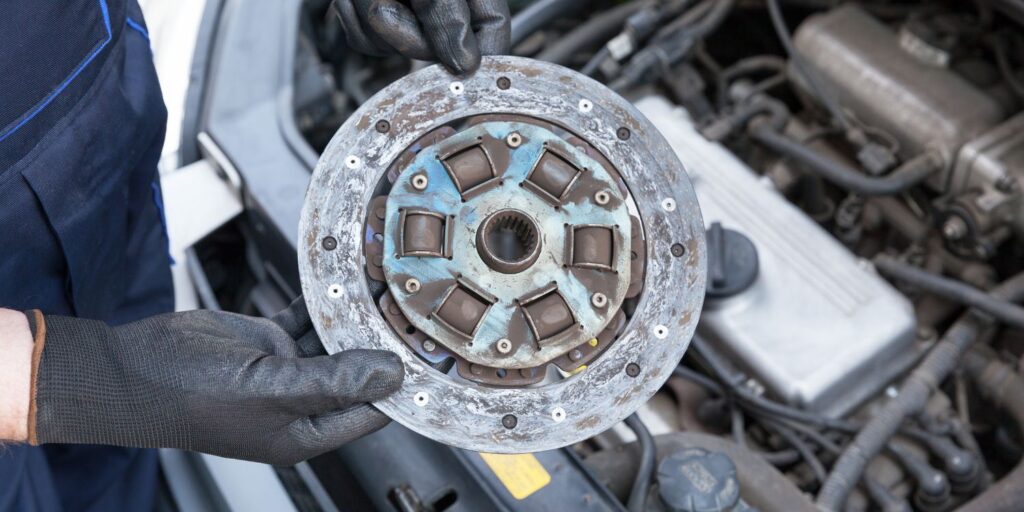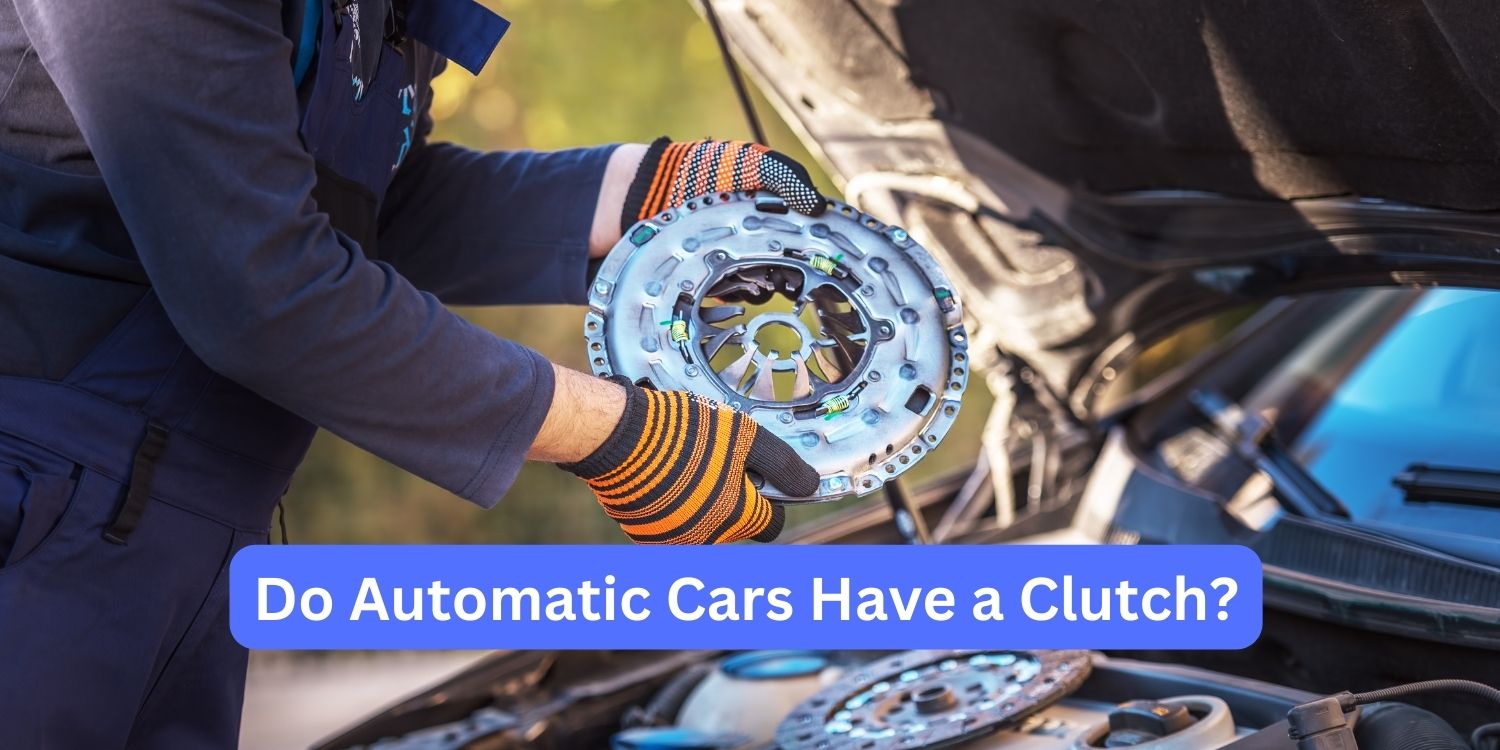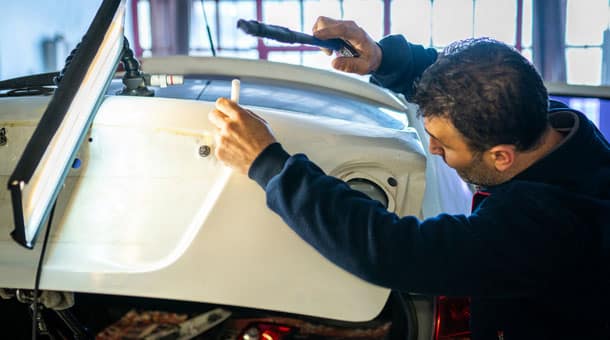Have you ever noticed a car, surprised by the absence of a third pedal? Maybe you’ve even questioned how the car changes gears without your manual intervention.
Fear not, for the answer lies in a hidden world within the automatic transmission – the fascinating realm of automatic clutches.
While automatic cars don’t have clutch pedals, a crucial component for manual transmissions, they still rely on clutches to operate effectively.
In this article, we explain the world of clutches and understand how they make automatic driving a smooth and enjoyable experience.
Do Automatic Cars Have a Clutch?
In a car, the clutch is an important component that disconnects the engine from the transmission when changing gears. This prevents grinding and allows for smoother gear changes.

1: Manual Transmissions
The clutch is a disc operated by a pedal. Pressing the pedal disengages the clutch, allowing you to shift gears without damaging them.
2: Automatic Transmissions
These transmissions automate the clutch function. You won’t find a clutch pedal, but there are internal clutches that operate automatically.
These clutches are engaged and disengaged by a complex system of hydraulics and electronics controlled by the car’s computer.
Automatic Clutch Types
There are two main types of automatic clutches
1: Standard Automatic Transmission
This type uses a set of clutch plates and bands to control which gears are engaged. The transmission fluid pressure determines which clutches are applied.
2: Dual-Clutch Transmission (DCT)
This more advanced system uses two separate clutches. One clutch controls odd-numbered gears (1st, 3rd, 5th), while the other handles even gears (2nd, 4th, 6th).
This allows for smoother and faster gear changes because the next gear can be pre-selected while the current gear is still engaged.
Read More about Can You Extend a Car Lease?
Benefits of Automatic Clutches
Automatic clutches offer several advantages:
- Convenience: No need to manage a clutch pedal, making driving easier and less tiring.
- Smoother Gear Changes: The car’s computer controls the clutch, resulting in smoother transitions between gears.
- Potentially Longer Clutch Life: Automatic clutches generally experience less wear and tear than those in manuals due to the absence of driver control.

Conclusion
Automatic cars may not have a clutch pedal for you to operate, but they rely heavily on internal clutches to deliver a smooth and comfortable driving experience.
These hidden heroes work tirelessly behind the scenes, ensuring seamless gear changes and allowing you to focus on the joy of the open road.
So, the next time you cruise in an automatic car, take a moment to appreciate the silent symphony of gears, orchestrated by the magic of automatic clutches.




